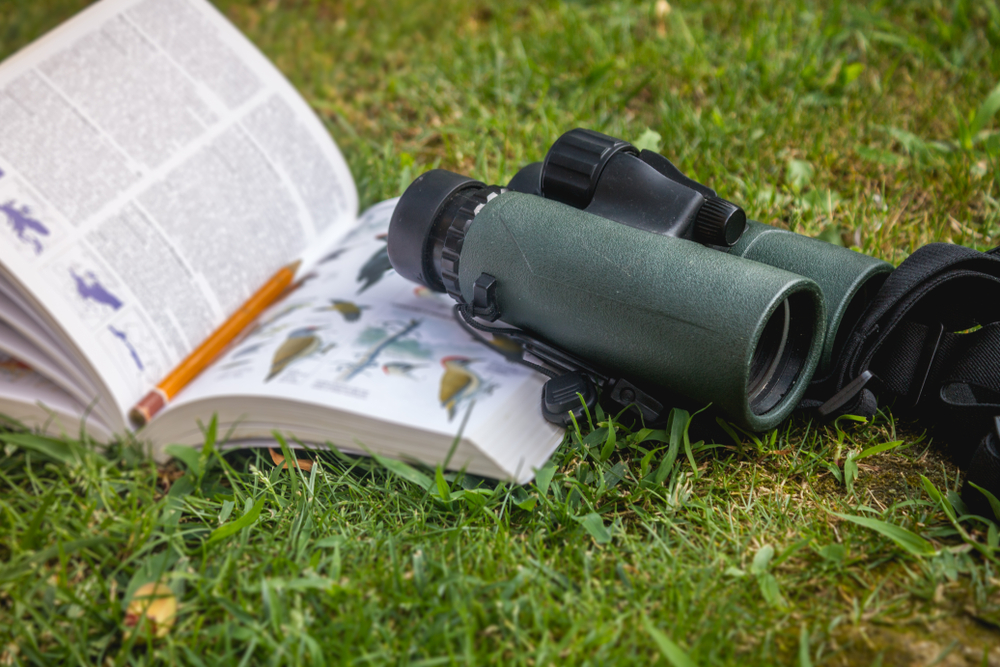Earlier this year, we shared a story about how lobsters are inspiring scientists to develop stronger 3D-printed concrete. In a similar manner, scientists are now turning to the intricate architecture of the crustacean’s underbelly to develop a strong and stretchy hydrogel-based material. The MIT engineers behind the study are confident that the material could provide a model for robust artificial tissues.
The novel material is the outcome of previous efforts to develop fatigue-resistant hydrogels made from water and cross-linked polymers, which consist of ultra-fine fibers aligned like a bundle of straw. Seeking to create hydrogels that are both durable and flexible, the new study also looked at the mechanical properties of a lobster’s underbelly.
The underbelly’s protective membrane is made of chitin sheets stacked on top of each other at 36-degree angles, similar to a spiraling staircase. This arrangement, known as a bouligand structure, allows the lobsters to withstand constant stretching and straining without tearing.
“We learned that this bouligand structure in the lobster underbelly has high mechanical performance, which motivated us to see if we could reproduce such structures in synthetic materials,” said Shaoting Lin, one of the study’s authors.
The scientists used fatigue-resistant hydrogels to recreate the bouligand structure. The process involved electrospinning to produce ultrafine threads about 800 nanometers in diameter. These threads were then arranged to create flat films which were stacked on top of each other. This stack was then welded and crystallized in an incubator to strengthen the material and form the hydrogel.
In tests, the researchers found that the hydrogel has equivalent resistance to tears and cracks as the lobster membrane. They also found that the novel material was 50 times more fatigue-resistant than current nanofibrous hydrogels, largely in part to its angled architecture. On top of having outstanding impact-resistance properties, the material also outperforms Kevlar in stretchiness.
The research team is confident that this stretchiness, combined with the hydrogel’s excellent strength, could help scientists develop flexible and durable artificial tissues, such as tendons and ligaments.
“For a hydrogel material to be a load-bearing artificial tissue, both strength and deformability are required. Our material design could achieve these two properties,” said Lin.
Source study: Matter — Strong fatigue-resistant nanofibrous hydrogels inspired by the lobster underbelly












